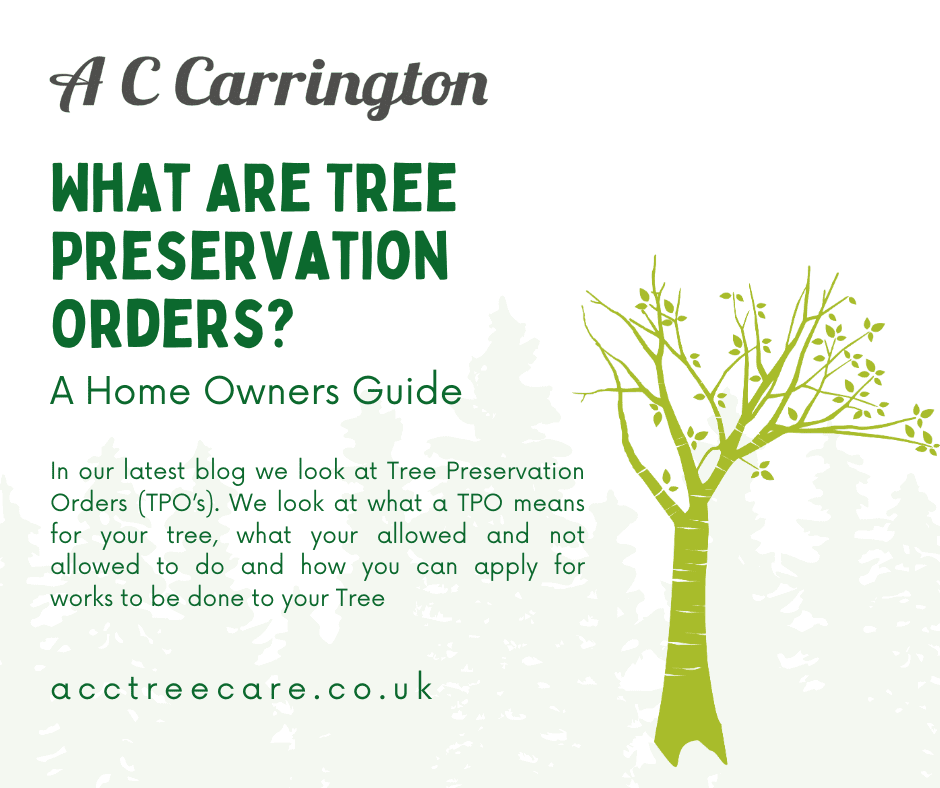Understanding Tree Preservation Orders (TPOs): A Guide for Property Owners
England's landscape is enriched by its trees, contributing to its beauty and offering numerous benefits to communities. Tree Preservation Orders (TPOs) are implemented to safeguard the aesthetic and environmental value that trees bring to our surroundings.
Apart from their visual appeal, trees serve as natural purifiers, cleansing the air by absorbing pollutants. They also act as natural climate regulators, providing shade in summer and protection from harsh winds in winter. Moreover, trees play a crucial role in mitigating floods and preventing soil erosion, thereby enhancing the resilience of our environment.
Additionally, trees can enhance the value of residential properties, adding to their desirability and market appeal. However, despite their many advantages, trees can sometimes pose challenges. Issues such as encroachment on structures, lifting of paving slabs, and obstructing roads or footpaths can arise. Furthermore, localised concerns may include trees shading neighbouring gardens or obstructing construction plans.
It's important to strike a balance between the benefits of tree preservation and addressing issues that may arise from their presence. Effective management strategies, including choosing the right tree to plant and formative tree pruning, can help mitigate potential inconveniences while maximising the advantages that trees offer to our communities and environment.
A Tree Preservation Order is a legal designation made by local planning authorities to protect specific trees, groups of trees, or woodlands. A Tree Preservation Order prohibits:
- cutting down
- topping
- lopping
- uprooting
- wilful damage
- wilful destruction
Trees subject to TPOs contribute to the local landscape's beauty, biodiversity, and environmental health, making their preservation paramount.
Before carrying out any work on trees within your property or vicinity, it's essential to determine whether they are protected by a TPO. You can check with your local planning authority or consult online resources for TPO maps and registers. Protected trees typically have individual reference numbers assigned by the local authority.
Failure to obtain consent before carrying out work on protected trees covered by a TPO can result in severe penalties, including fines and legal proceedings. Additionally, unauthorized tree works may lead to irreversible harm to valuable trees and ecological habitats, adversely affecting the local environment and community.
Once you've submitted your application, the local planning authority will assess it based on the tree's significance, the proposed work's impact, and adherence to relevant regulations. It's essential to allow sufficient time for the authority to review your application, which typically ranges from a few weeks to a few months, depending on the complexity of the case.
Tree Preservation Orders play a vital role in safeguarding our natural heritage and enhancing the quality of urban and rural environments. As property owners, it's our responsibility to respect and comply with TPO regulations, ensuring the sustainable management and preservation of our cherished trees for future generations to enjoy. If you're unsure about the status of trees on your property or need assistance with TPO applications, consult with qualified arborists or contact your local planning authority for guidance. Together, we can foster a culture of responsible tree care and conservation.

